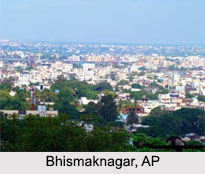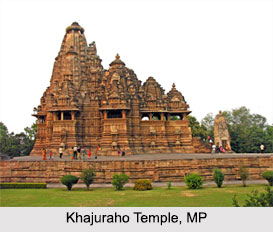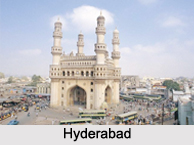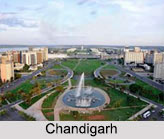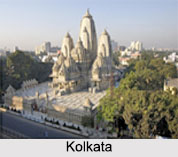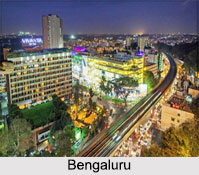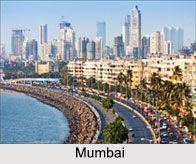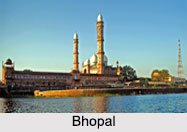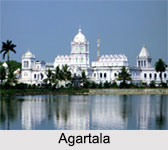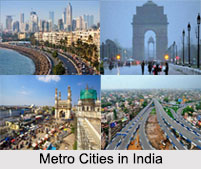Consequent to the fall of the Persian Sassanid Empire, several Zoroastrians fled to other regions with the expectation of upholding their religious tradition. According to the Qissa-i-Sanjan (Story of Sanjan), some Zoroastrians were conceded conditional asylum by a Gujarati ruler Jadi Rana. The refugees established the colony of Sanjan come time during the 8th or 10th century. According to legend, they had carried with them an urn with ash frmm a sacred fire, which a priest Nairyosang Dhaval is believed to have used for the bed of the Sanjan fire when it was sanctified in 721 CE. An associated legend recounts that this fire was hallowed as modern ?tash Bahr?m fires are, i.e. out of 16 fires, including that of a funeral pyre, a shephard`s hearth, a goldsmith`s hearth, a potter`s kiln and from a fire caused by lightening.
Some centuries after their arrival (possibly during the late 14th century), Sanjan was raided by troops of the Delhi Sultanate (perhaps by those of Muhammad bin Tughluq) and the Parsis fled again, into the caves in the closeby Barhot hills, 14 km south of Sanjan. The sacred fire again went with them. Numerous years later it was installed in Navsari. During the 18th century, a decision was finalised to return the flame to Sanjan, but along the way, the priests opted to stay back in Udvada, where the fire temple was sanctified in 1742.
As the name of the fire and of the fire temple in India, the term Iranshah was not authenticated before the 20th century. Before this date, it was just called the `Udvada ?tash Bahr?m`. The first registered use of the name in reference to the fire there comes along in a 1905 piece by Jivanji Modi, who made several allusions to the "Iranshah Fire" within the span of two pages. In 1920, when Shahpurshah Hodivala published his English translation of the Qissa-i-Sanjan, he presumed that this was the original name of the fire, even though it was still stranger among the Parsis. Later, an explanation germinated "that it had been so called because it was Zoroastrian king of Iran - an explanation which runs counter to what is said in the Qisse about the particular reason for establishing the Fire". At present, this logic is accepted by almost all god-fearing Parsis, and even the few non-believers among them incline to refer to the fire as the Iranshah.
